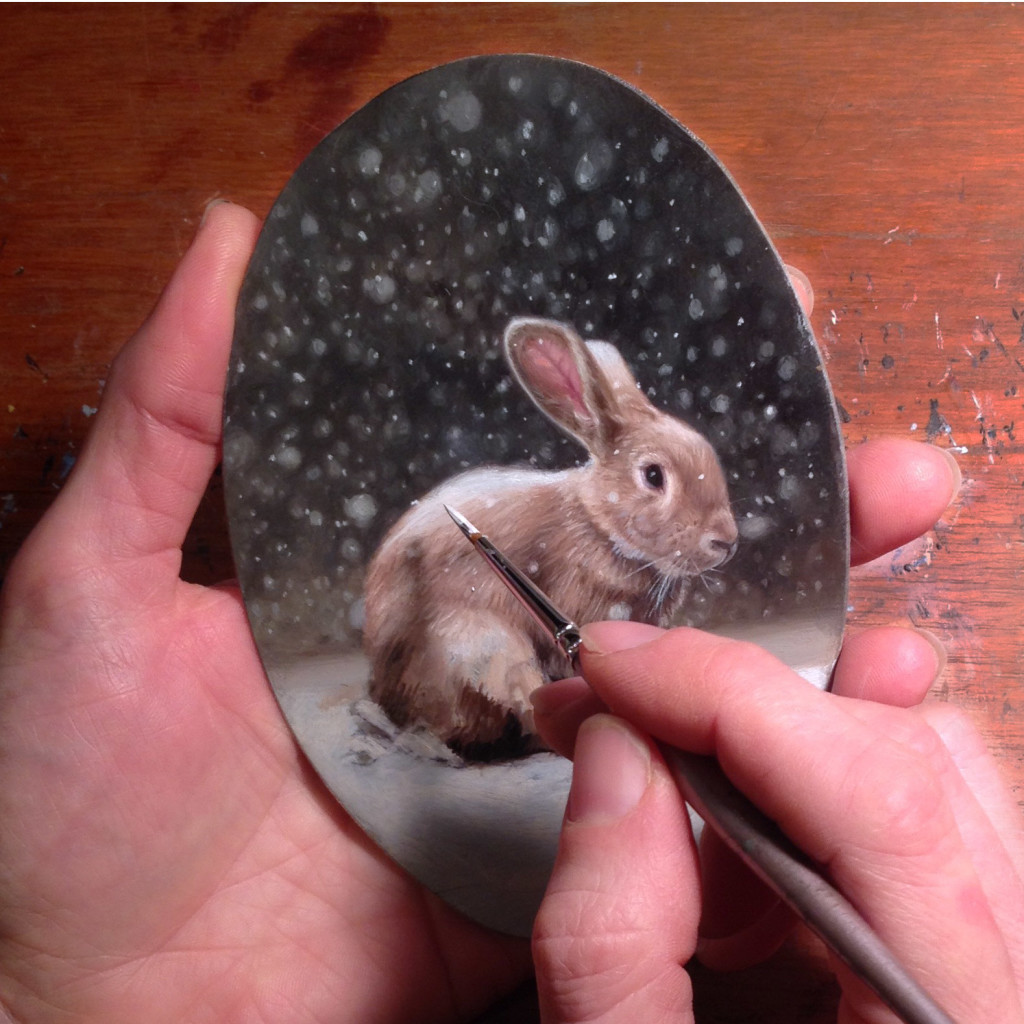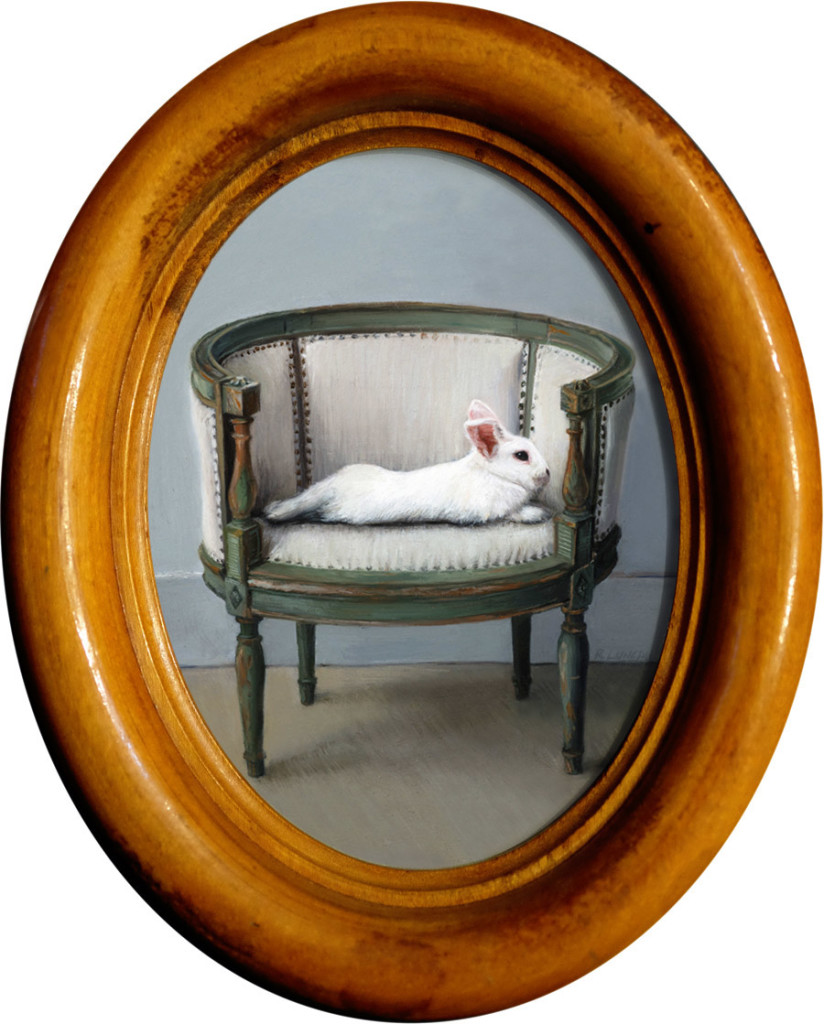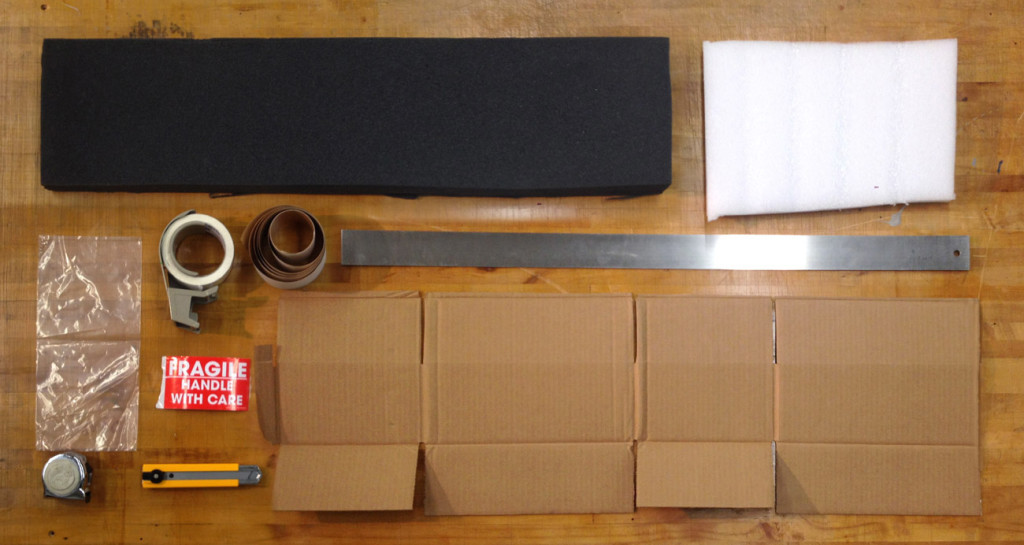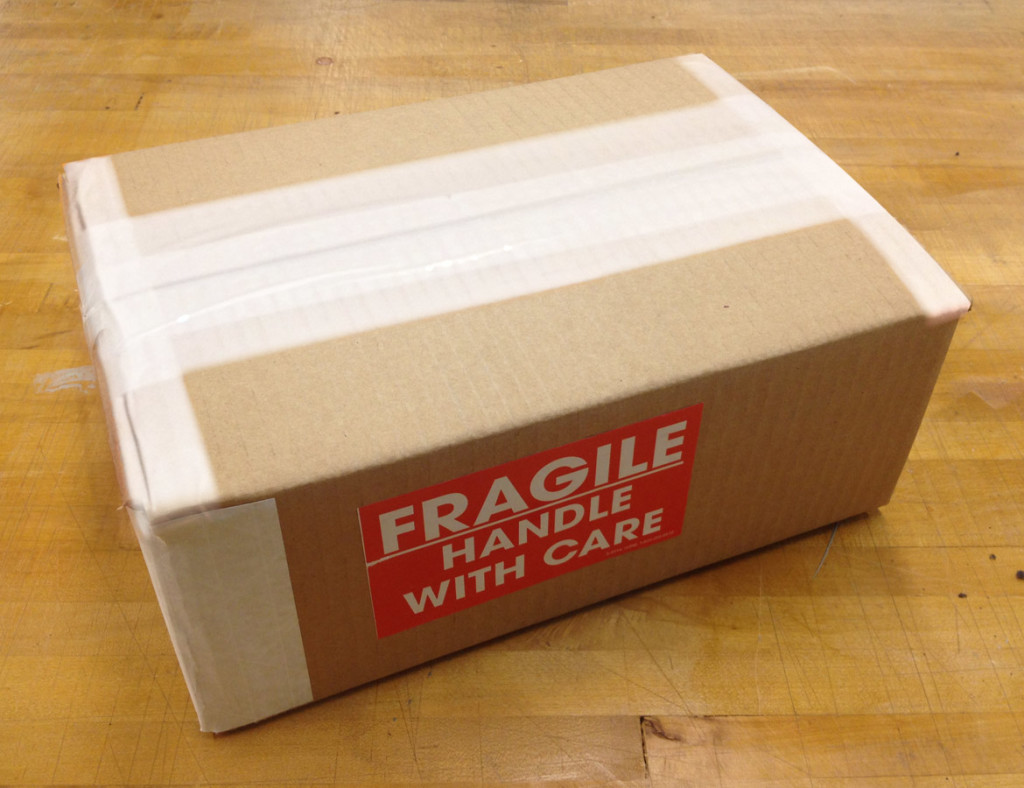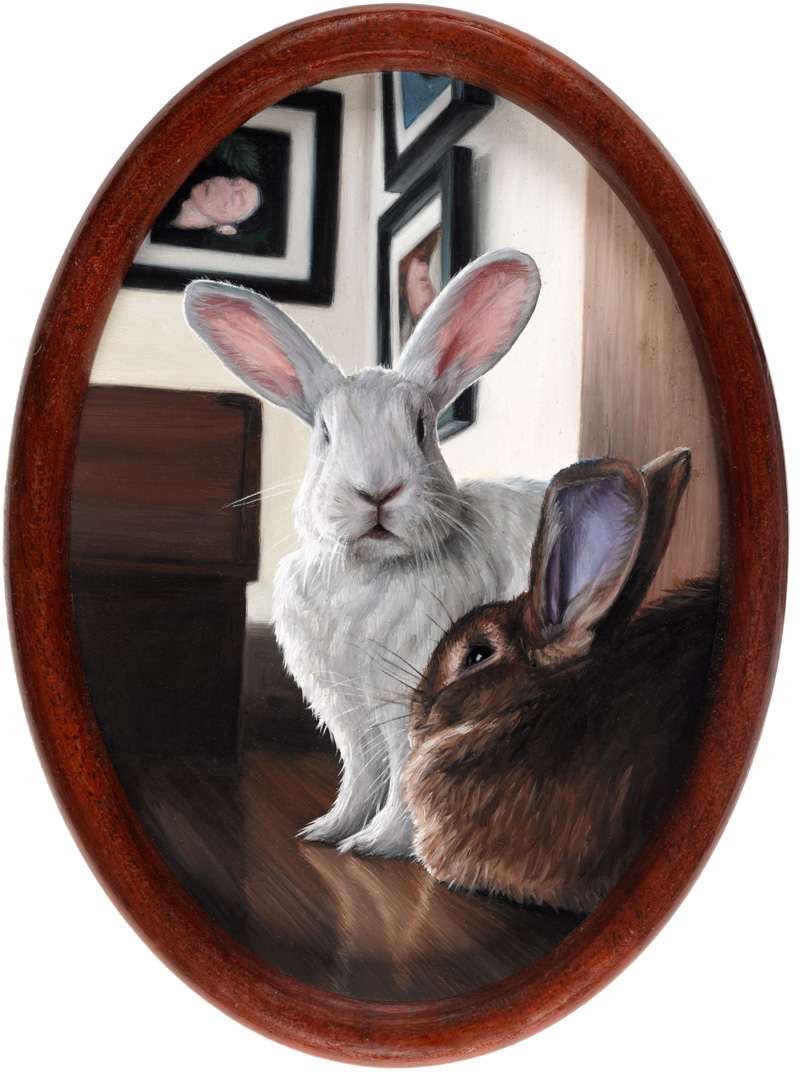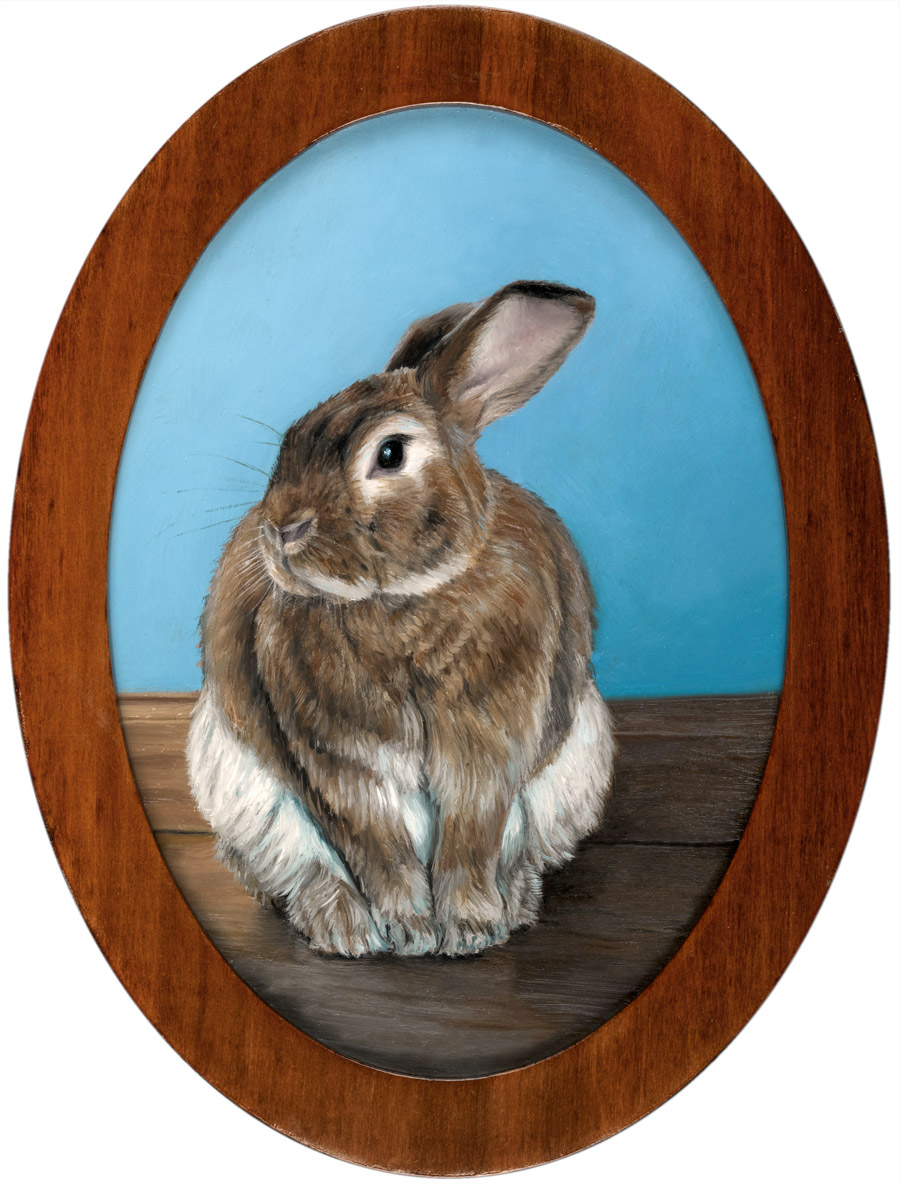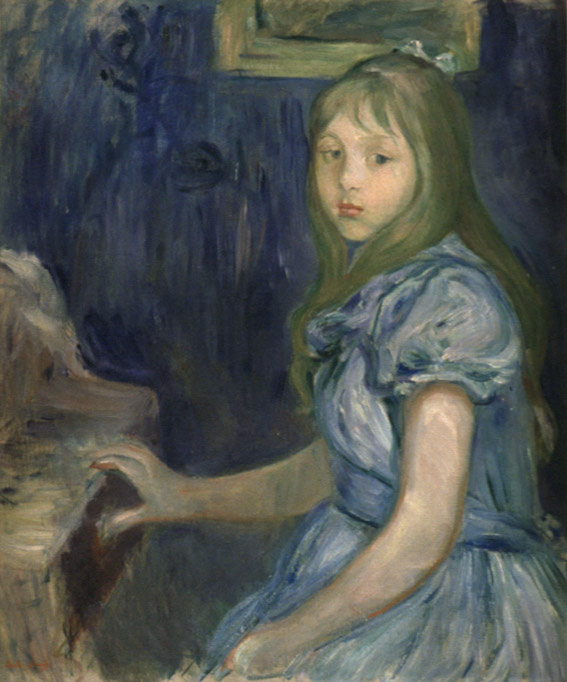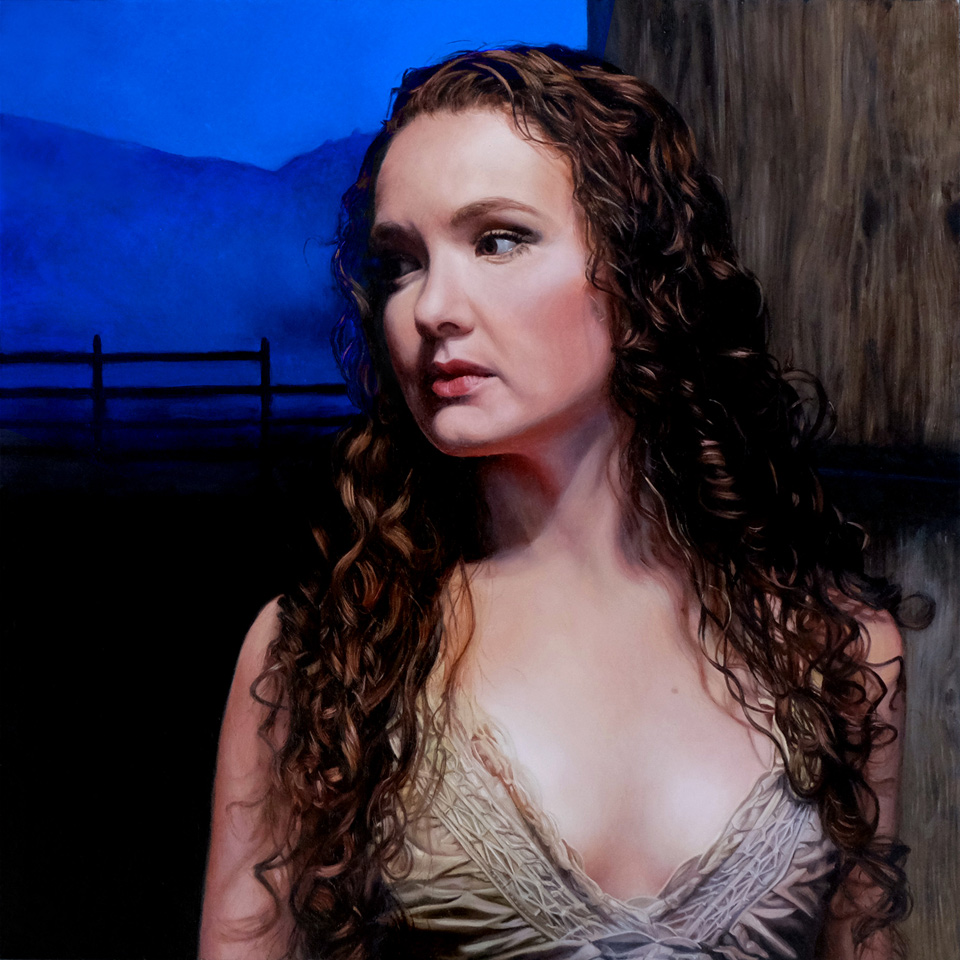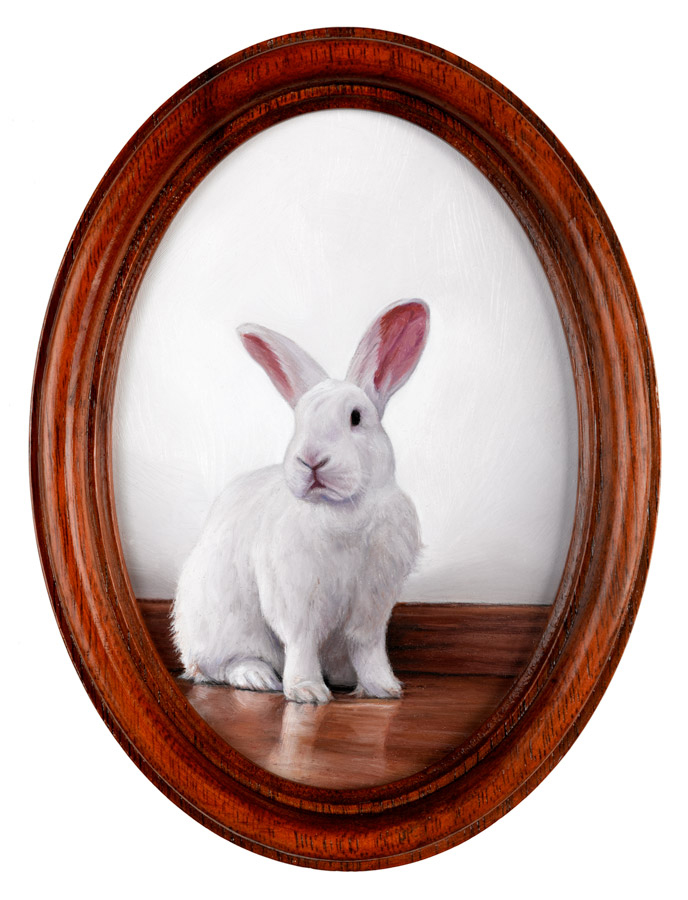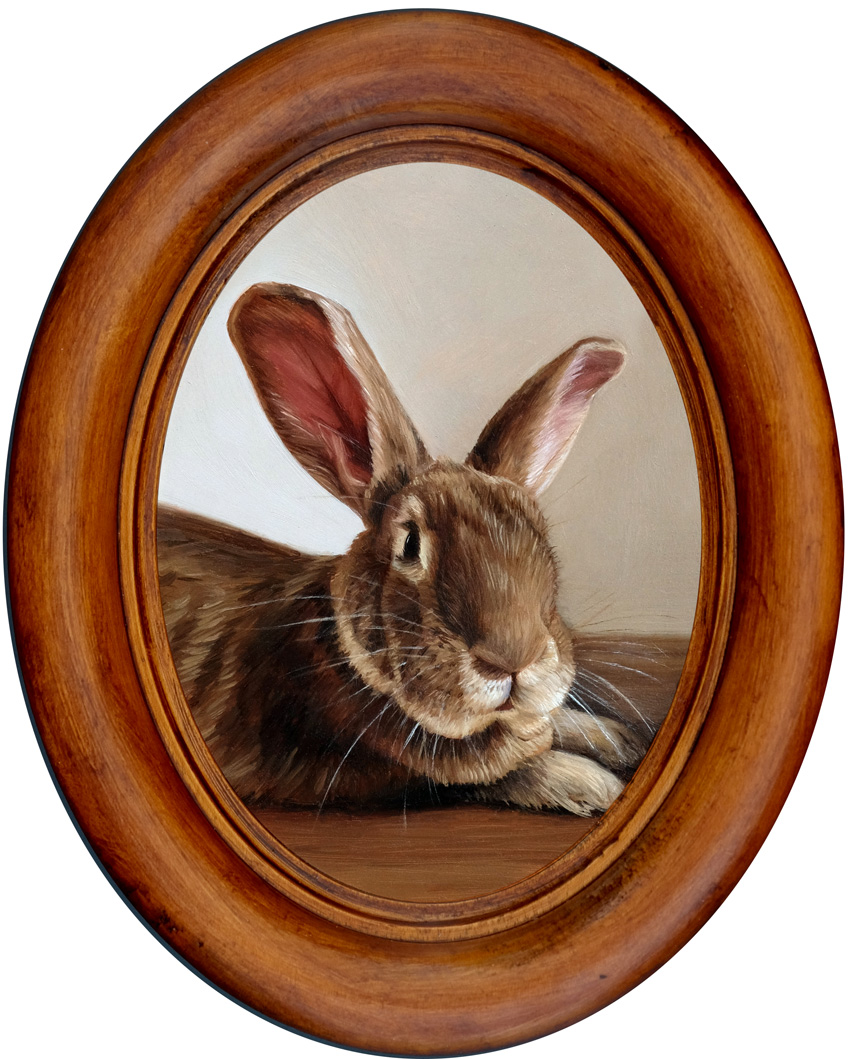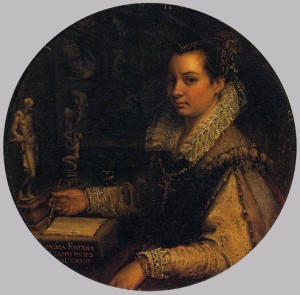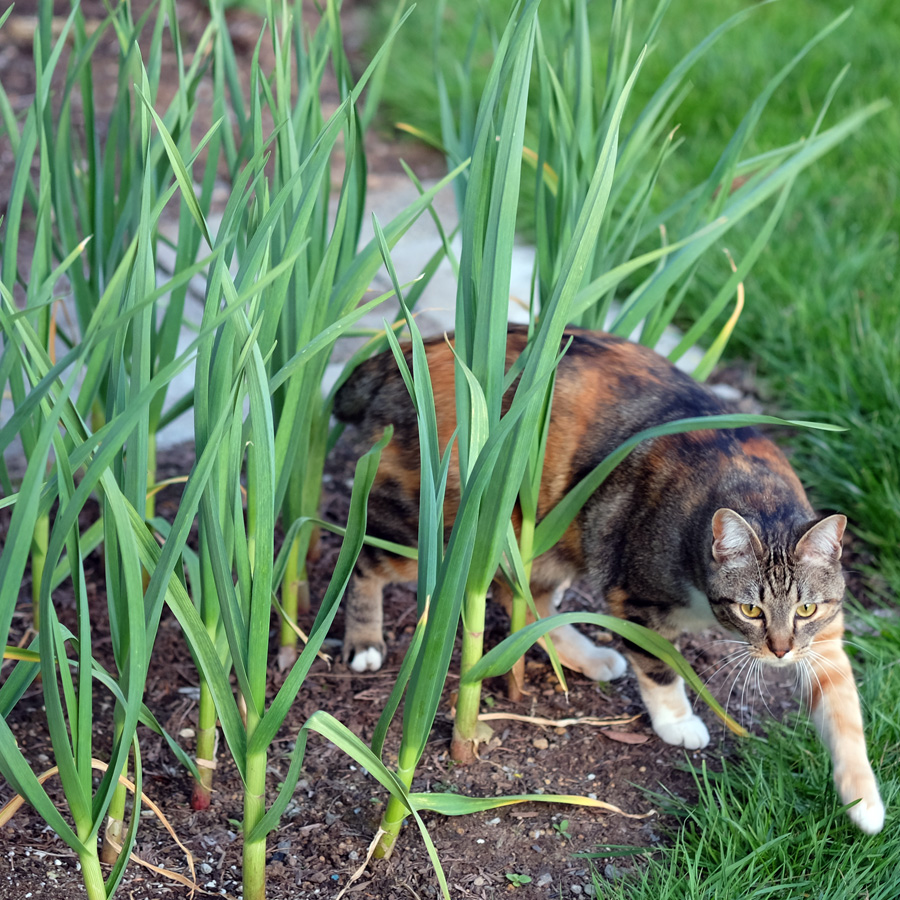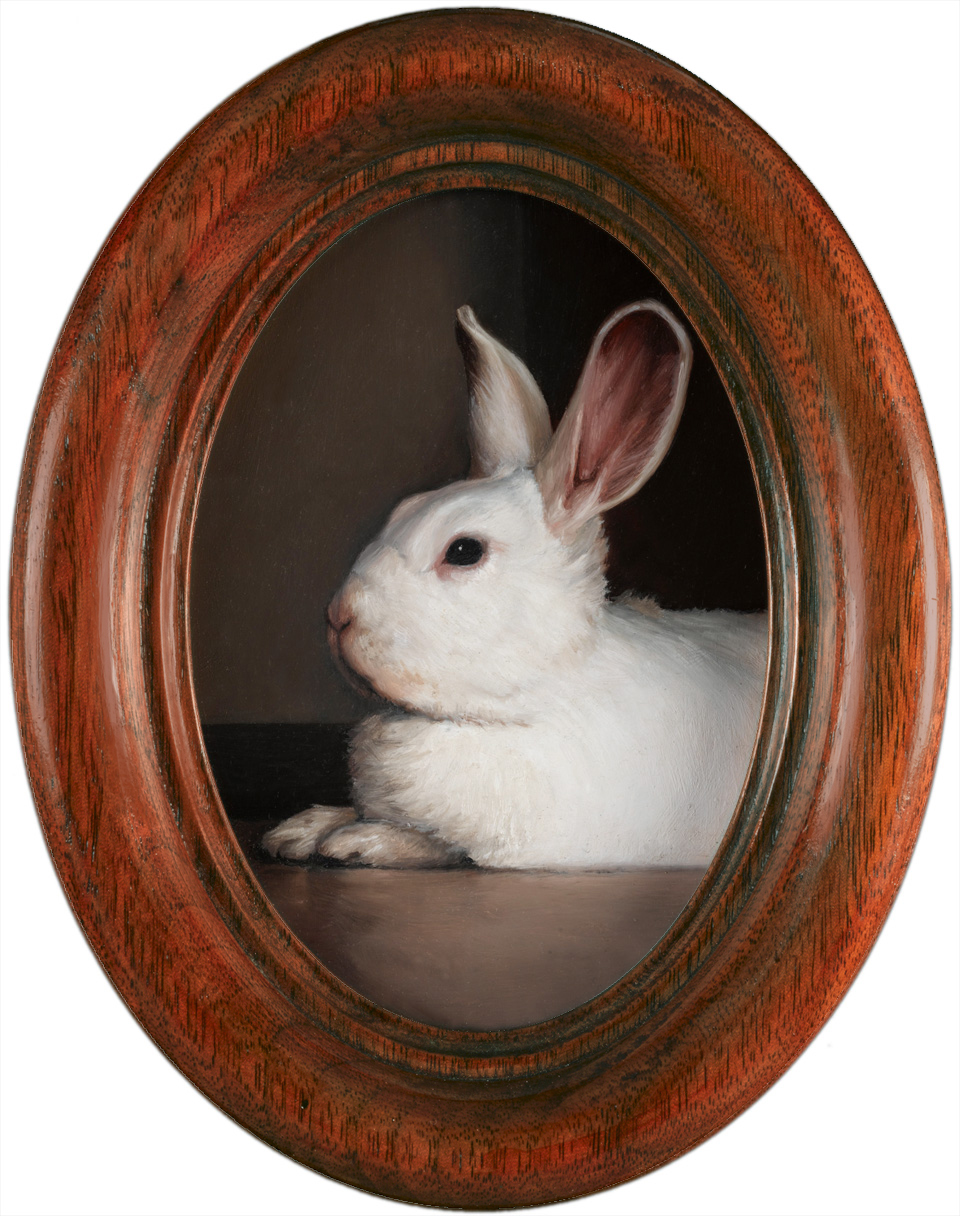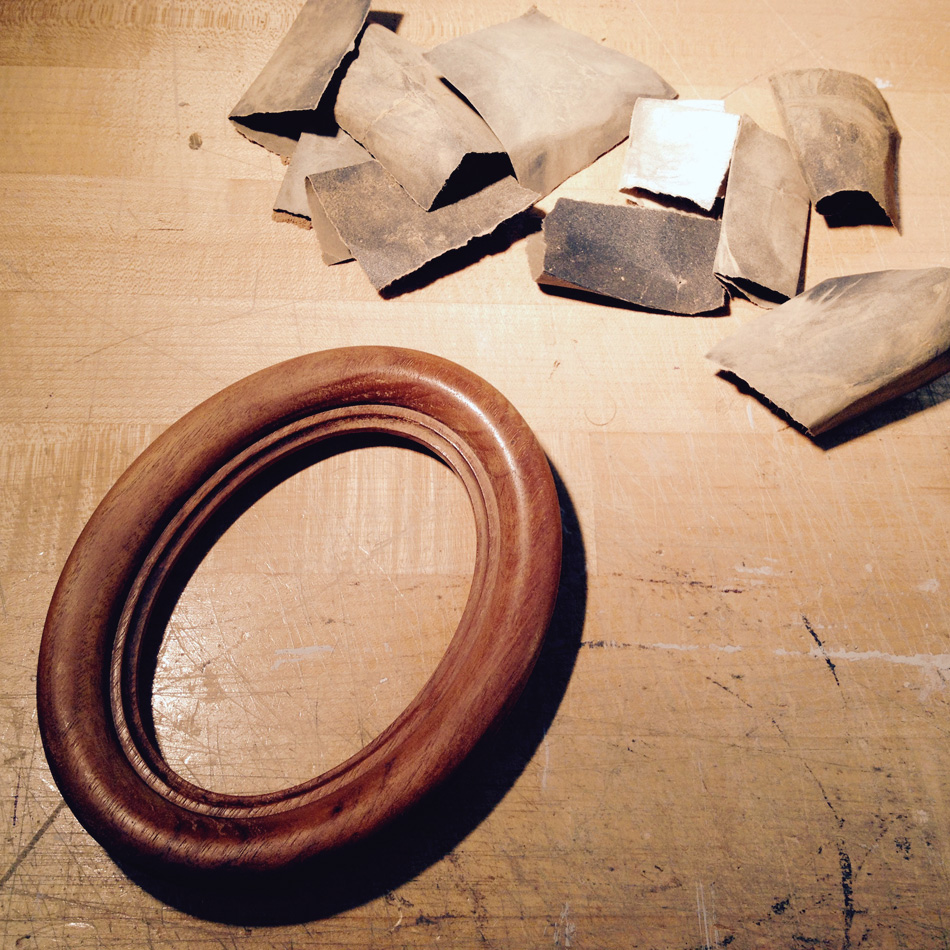Get your bidding cards ready, this painting is going up for auction December 7th!
Painting the Monthly Miniatures has been an amazing journey. Each month I’m creating one new painting of my rabbits, and I love how each new painting ends up inspiring new ideas for the next two or three paintings.
I’ve been humbled by all of the support from everyone out there. Each painting has sold, most within 24 hours of being released (sometimes in minutes!). For the paintings to go to loving homes is such a huge blessing. My heartfelt thanks to all you Monthly Miniature owners out there.
Why an auction this month?
First, since they’re selling so quickly, I thought it would be nice to give more people the chance to purchase one of the little paintings.
Second, I’d like to engage my audience and get more exposure. I love painting, and the more people that know I exist, the better for my art career. So please spread the word!
Third and most important, 50% of the sale price of this painting goes to two local nonprofits who helped my rabbits and their litter mates. Read the story of my two long-eared muses and how Special Bunny and Seattle Animal Shelter Foundation helped them come into my life on my last blog post.
How to bid?
Bidding will be simple and take place on Facebook (but I will do my best to accommodate anyone interested who does not have an account). Bids will be entered directly in reply to a post featuring the finished and framed painting. It will be live for about a week, Monday December 7th at 8AM PST to Sunday December 13th at 5PM PST. Bidding instructions will be found under the “Notes” tab on Facebook, but basically each bid will look like:
Bid $100
If you are the winning bidder, please confirm your method of payment within 48 hours of winning the auction. I would like to get the painting shipped as soon as possible!
No Facebook account or want to be anonymous?
If you don’t have an account or if public bidding will ruin a surprise (or it’s just not your thing), contact me with your maximum bid, and I’ll post for you, complete with an Anonymous Bidder Codename. I will periodically update the leading bid by increments of $10, up to your maximum bid, and send you an update email if you aren’t on Facebook.
Payment Method
Paypal is easy for most people, but I happily accept checks and credit cards. Just make sure I have a current email and mailing address for you, and confirm your method of payment within 48 hours of winning the auction. If paying by check, make sure to get it to me within five business days to keep your winning bid status.
Will I continue to do auctions?
If all goes well, I may do another one next December, but expect all the future monthly Miniatures (at least January – November) to sell directly from the website as usual.
Questions?
If I seem to have missed something important, please contact me. Thanks for you interest, and happy bidding!
